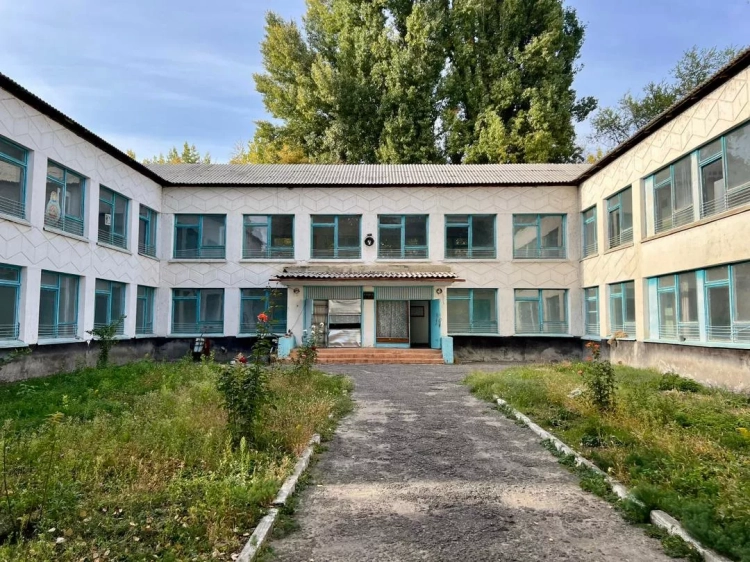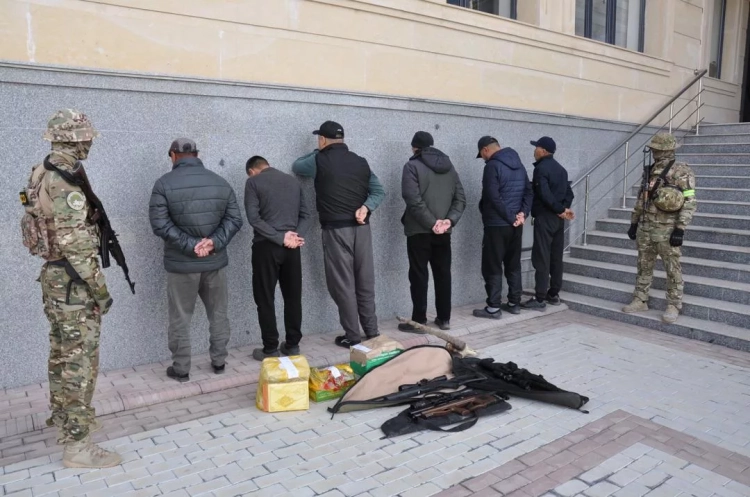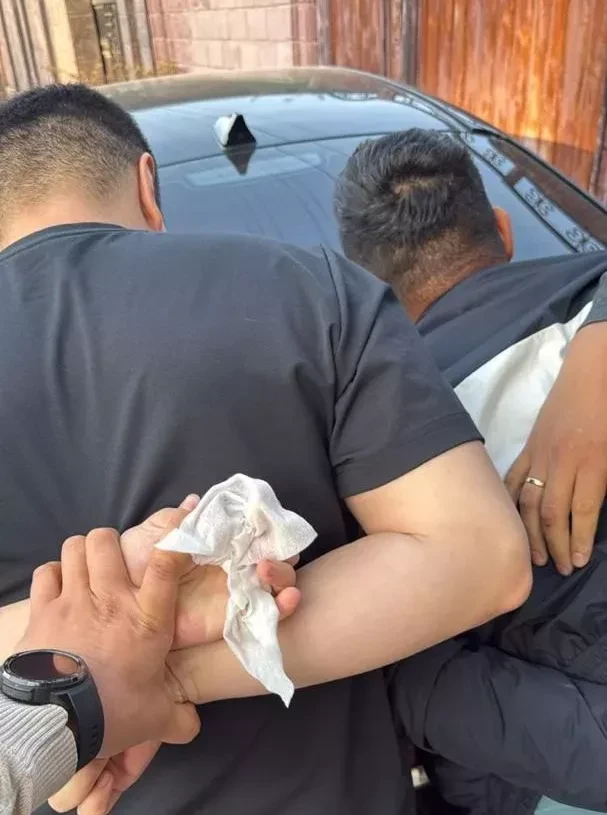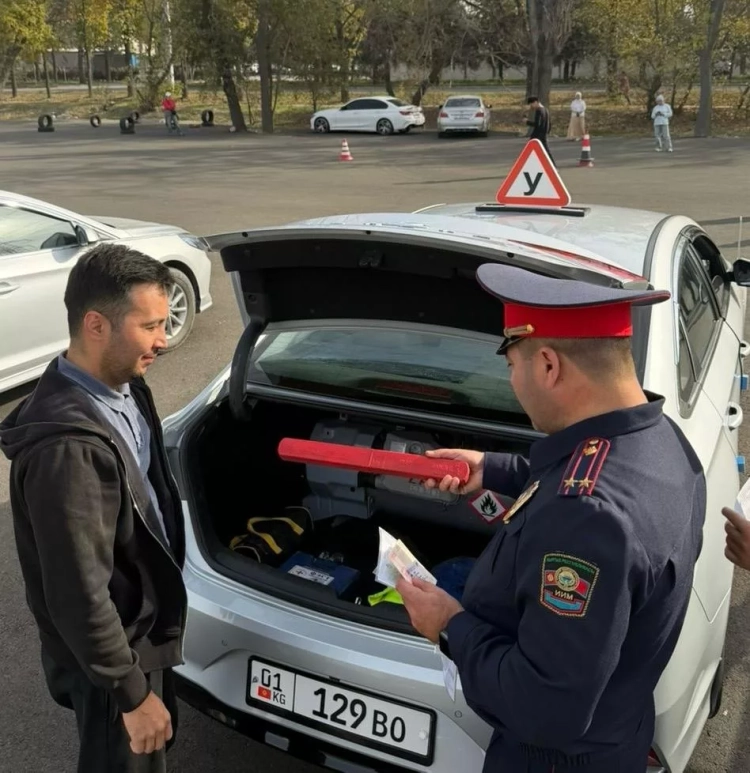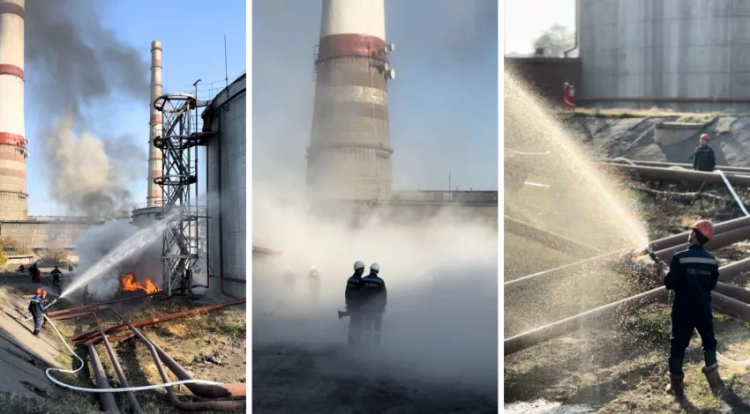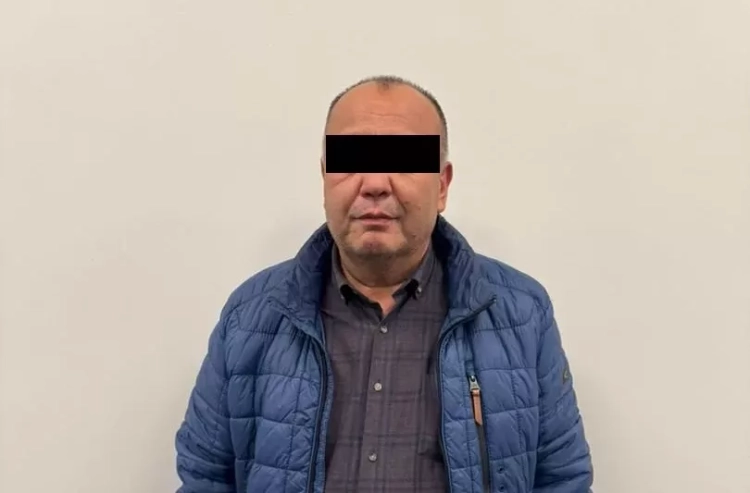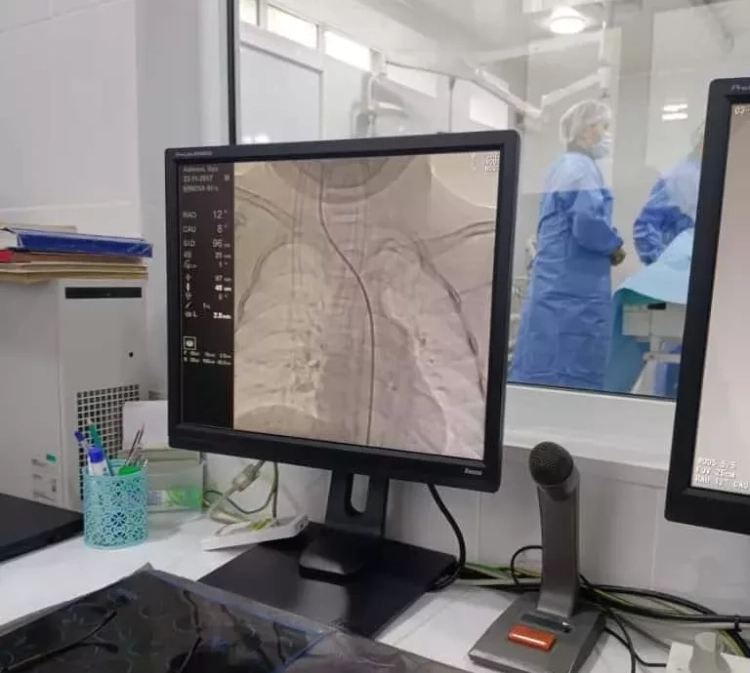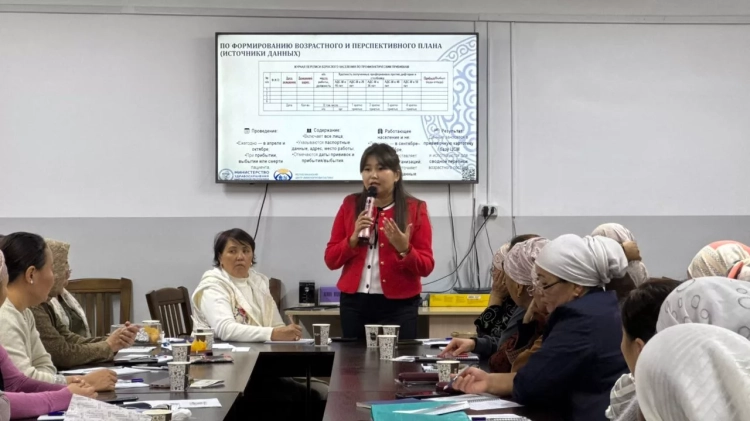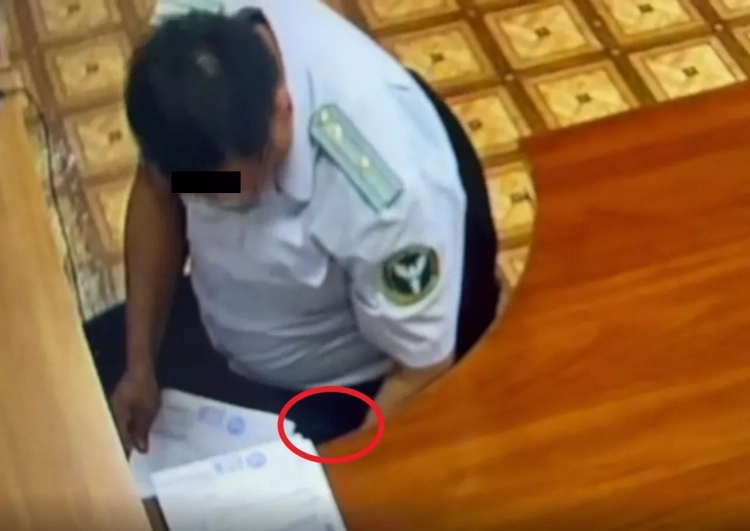
Ancient Turkic inscription on a stone portrait
Among the finds made in recent years, a particular interest is aroused by the image of a male face on stone, on the chin of which an inscription consisting of seven letters is carved. The monument was discovered by teacher V. D. Serdyukov on the territory of the dairy farm of the Lenin collective farm, located on the western outskirts of the city of Talas. The stone lay near a destroyed burial mound on the bank of a ditch. Unfortunately, no excavations or other research were conducted at the site of the find in a timely manner.
The stone is a easily crumbling yellow-colored carbonate sandstone of Neogene formation.
One side of it was used (without special processing) to depict the face. The size of the image is 13x10 cm. The inscription on the chin was made with a sharp object, relatively shallow, except for the last sign in the form of a vertically standing stick with a dot (?) on top. It is possible that the indentation we take for a dot is a natural dent in the stone. The letters н, т are blurry. Above and below the sign N, dashes are visible. The right line of the sign is not fully connected to the diagonal and the main stem.
In Kyrgyzstan, more than 20 monuments of ancient Turkic runic writing have been found to date (12—on boulders, including the Koy-Sarinskaya inscription, one—on a wooden stick, 2—on shards, 6—short inscriptions and individual runic signs on rocks), however, runic writing on such material and in such a peculiar form (on a portrait) has been encountered for the first time.

Overall, the inscription on the portrait looks approximately like this;

By its graphics and reading, the inscription can be attributed to the "s"-group of languages (dialects), since in the word тас instead of ш an с is written. Such variation was once attributed by I. A. Batmanov to dialectal affiliation. In the Orkhon-Yenisei monuments, this interchange or fluctuation s/sh is found in many texts.
It is also possible that the inscription will be read differently.
The interpretation, study, and publication of the earliest monuments of writing, as noted by A. N. Kononov, represent a complex area of Turkology both in terms of source studies and linguistics. Therefore, this publication is preliminary.





